No products in the basket.
Blog
How Does a Rainwater Diverter Work?
If you’re looking to save costs while also contributing to the conservation of our planet, a water butt is an easy to install option for any home or commercial property, a rainwater diverter is an essential piece of the water butt installation as this is the part of the system that diverts water from within the gutter downpipe and into the water butt. In this brief article we explain how they work, the benefits of fitting a water butt with diverter, and how you can add one to your guttering system.
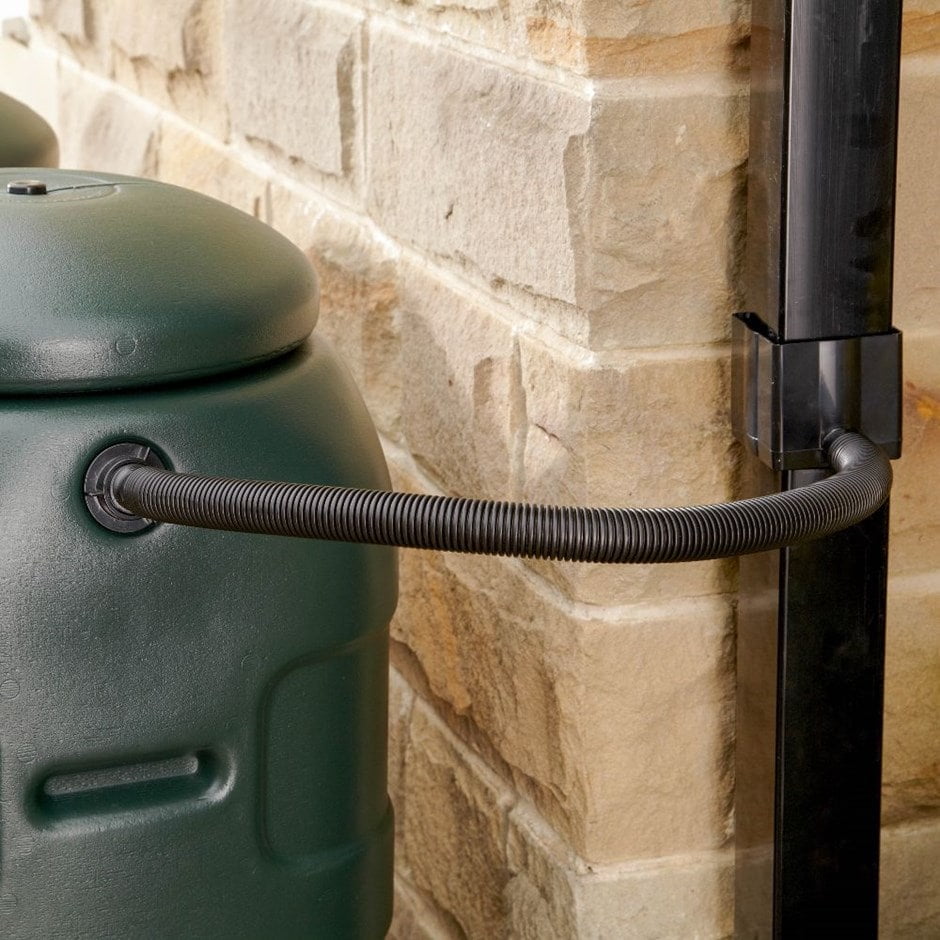
Simple and Sustainable Solution
How a rainwater diverter works is very simple – these inexpensive devices are used to connect the roof drainage system of a house or building to a rain barrel, water butt or storage tank and they divert some of the water that flows down from the gutter downpipes into the underground drainage system and instead channel it so it can be stored and used at a later time. Depending on your requirements, there are a wide range of water storage solutions available that vary in terms of shape and capacity, enabling you to access the rainwater via a hose connection or tap for filling a bucket or watering can without drawing water from the mains system.
Produced by a number of different brands, they are available in a variety of sizes and styles – including square, rigid, flexible, decorative and round rainwater diverters – as well as a range of finishes and colours to ensure that you can choose a diverter that works well with your current guttering and drainage pipes in terms of fit and design. In addition, it’s possible to purchase some diverters with adjustable rainwater shoes for easier installation, or products with an overflow function that enable collected rainwater to bypass the diverter and allow rain to continue down the drain pipe to avoid flooding problems in the event of your storage solution becoming full.
Economic and Environmental Benefits
There are several advantages to using rain water diverters. By providing a free source of water that can be used for a wide number of jobs – which includes everything from topping up ponds and maintaining compost to car-washing and even toilet flushing – they can help to cut utility costs for homes or commercial buildings with water meters. As well as helping you to save money, recycling rainwater benefits the environment too, which is a key reason why more and more homeowners are investing in rain diverter systems.
As the harvested water doesn’t contain chlorine or other cleaning chemicals that are normally used to sanitise tap water, a rain water diverter also provides an excellent source of hydration for the garden as well as indoor and outdoor plants, lawns, allotments, wildlife and pets. This can be useful across all areas of the UK as a result of the increasing pressure on water resources due to climate change and a growing population, and it’s particularly beneficial in areas where hosepipe bans are often implemented following two consecutively dry seasons.
Alternatively, for areas with higher than average rainfall or after a heavy rain event, rainwater diverters work to reduce the amount of water being directed into the ground drainage system around a home or property, which in turn can minimise flooding and ground saturation across nearby gardens.
Fitting a Rainwater Diverter
Although the installation steps may vary slightly depending on the brand and style of the product that you purchase, in general there are two different – but equally straightforward – ways that you can fit a rainwater diverter. The first method is to remove a section of the downpipe of your plastic guttering system, install the rainwater diverter in place of the removed section, and then ensure that either the shoe or hose that is attached to the diverter is fixed to a water butt or water storage tank. The second way is to use a rainwater diverter that has a similar design to a gutter bracket or downpipe joiner, then you can easily connect it to two sections of downpipe in the same way that a gutter union is connected. Depending on the product you’re using, you may also need to drill a hole into the water butt to take the feed from the diverter. Typically the rainwater diverter doesn’t need to be installed higher than the water butt, as the pressure should push the water through the pipe and into the water butt, however most will install the diverter slightly higher than the butt to help with water flow.
Diverter Kits and Expert Advice
If you’re interested in recycling rainwater and reducing demand on your mains water, at EasyMerchant we offer a wide selection of rainwater diverters and water butts from leading brands such as Brett Martin. Our selection includes different shapes and sizes that are compatible with a variety of roofline drainage systems, and we also stock rainwater harvesting systems too that can provide recycled rainwater for irrigating lawns and gardens. Whichever product you prefer, our expert team is on hand to offer installation advice where needed, ensuring your new environmentally-friendly water solution is set up in no time.
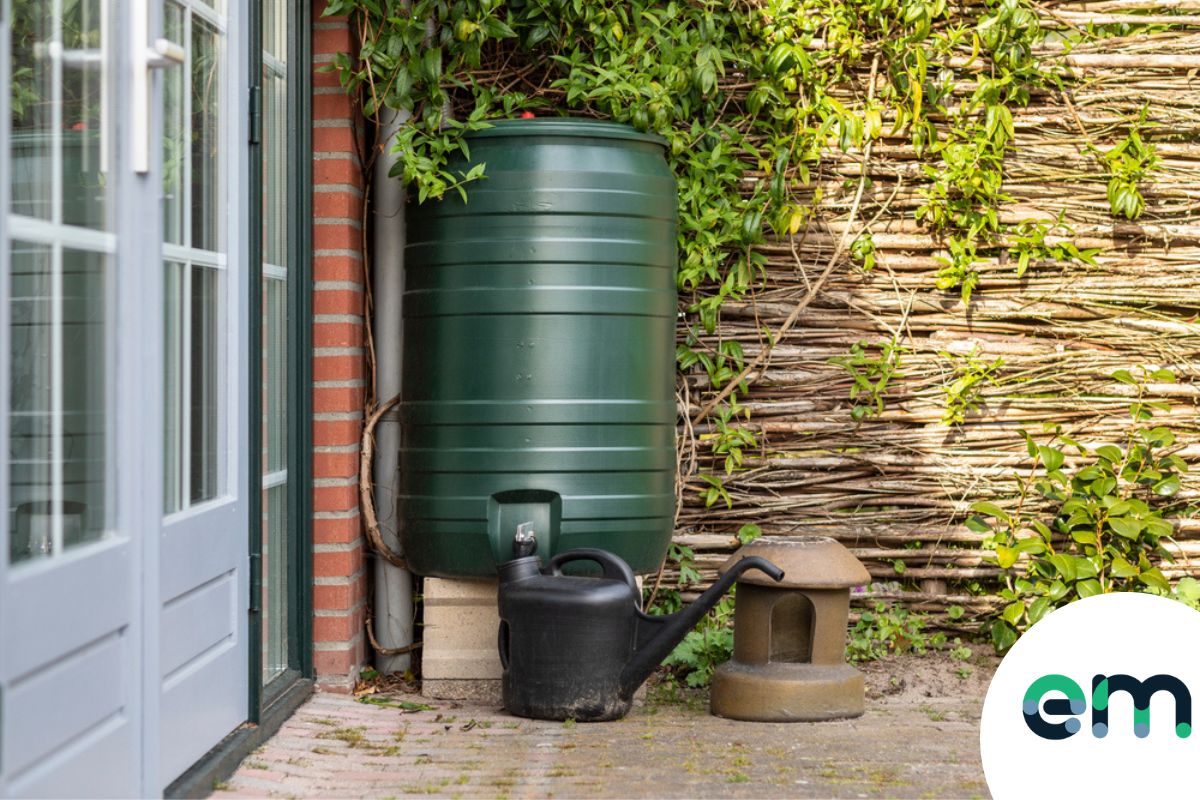
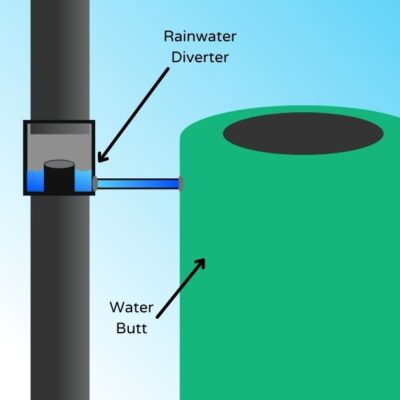
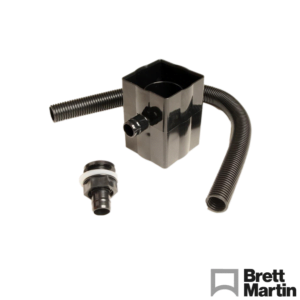
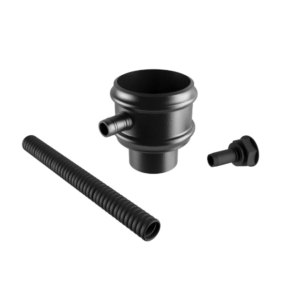
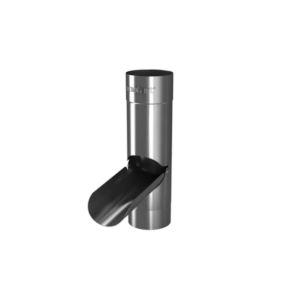
Nice site not intrusive thank you.
Thanks Alan!
Does the hose from the diverter need to be level with inlet hole in the water butt.
Hi Gill,
It does not necessarily need to be level but it will need to be at least the same level or slightly higher to assist the water flow.
I hope this helps.
Lainey
I have installed one but when the water butt is full it just overflows onto the ground. Should the diverted be higher, level or lower than the hole in the water butt?
Hi Patty,
In our experience, a rainwater diverter should not leak no matter the position it is installed in therefore this does not sound like it has been installed correctly unfortunately.
Kind Regards
Lainey
When fitting a square water diverter to a square down pipe is there a right and wrong way up for the connector or is it the same whichever way up you fit it?
I have had a new gas boiler and the engineer fitted an outlet pipe to the rain down pipe – and now my water butts overflow when full. He must have changed the level of the diverter, the butts or something else. What should I do to make it so there is no overflowing water? I can’t find a clear explanation of the science of the process. Thank you.
You can get/use an additional piece of hose from the top side of the water butt to the drain. You might be able to buy a kit with appropriate seals included.
Some water butt’s come with a hole ready to take a hose or you’ll need to make one. Hope that helps.
You’re right. There is no mechanism to stop the butt overflowing. I had wondered…..I have the same problem fitted to instructions.
I’d like to install a water butt to provide some additional water for the garden but am concerned that due to the small diameter pipe connection running to the container it will mean the flow rate will be reduced and the gutter overflow. Or does the rainwater still discharge down the rainwater pipe and the butt captures the overflow?
Looking at the picture of how these work If you fit the diverter higher in the downpipe than the top of the water butt the butt will overflow so fit level or preferably slightly lower than the top of the butt
That’s what is happening with mine, I have 3 butts in line, when the last one is filled the water then starts overflowing. My water diverted outlet is very slightly higher than the hole in the water butt, about 5mm.
no explanation oh how the divertor works!
Hi John. It’s explained several times throughout the blog post and there is also an image diagram showing exactly how it works. It is very simple, the diverter is installed onto the downpipe and diverts the water via a pipe into the water butt.